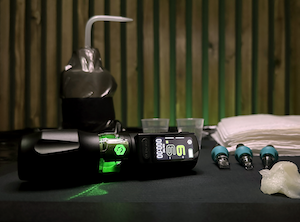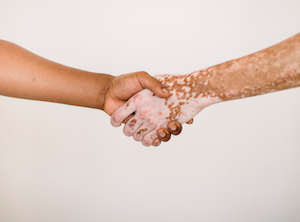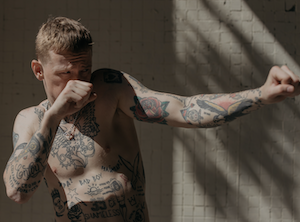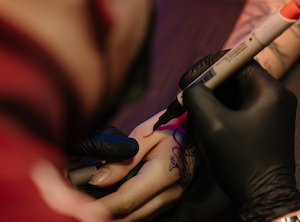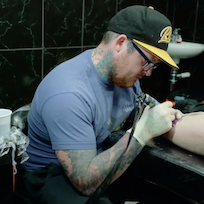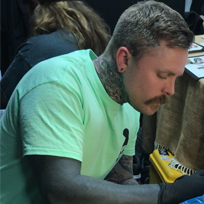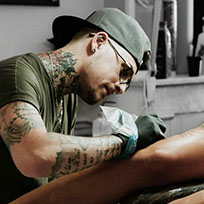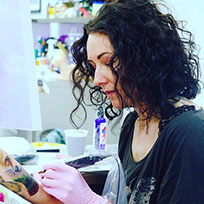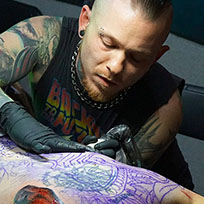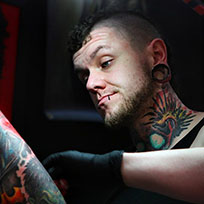Now more than ever, photos of tattoos play a central role in the (self-)marketing of tattooists. Most customers find their tattoo artist via digital channels such as Instagram and evaluate the work based on the images posted.
Therefore, every tattoo artist should make sure to get the best out of their tattoo images. However, the motto is “less is more” when it comes to presentation and editing. Overly edited images result in disappointed customers if the tattoo cannot stand up to the unrealistic level of Instagram photos.
Finding the sweet spot between good quality and realistic work presentation is critical. In this article, we’ll show you some tricks of the trade for presenting your tattoos in the best light, but realistically.
How do you take a good photography of a tattoo?
Potential clients don’t know that photographing new tattoos can be extremely difficult, and they don’t care. They judge a tattoo artist’s work by what they can see. And if it’s not a tattoo on a body, a photo must give an idea of the result. After tattooing, the skin is red and swollen, it can bleed, the light is reflected from all corners, and in the tattoo studio, there is usually little space and no suitable light source to photograph the masterpiece properly.
Artists with poor photography skills are at a disadvantage when it comes to showcasing their work. No matter how great the tattoo is, a bad photo limits people’s perception.
Luckily, taking good photos no longer requires expensive equipment or a full-fledged photo studio. Nowadays, it’s easy to take great pictures of your work with a smartphone.
1. Set up a photo corner in your studio
A fixed area for photography helps to take pictures of your photos quickly and effectively and to achieve a sure consistency in quality. You should choose the corner so that it is not in anyone’s way and can be set up quickly so that you and other studio staff can take pictures peacefully without worrying about placement each time.
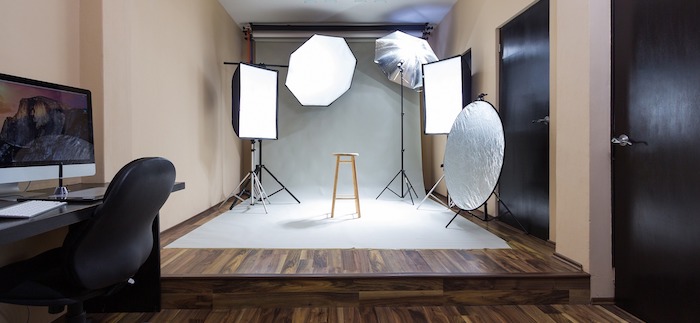
To set up a photo corner, you only need a simple LED panel and a neutral background that makes your tattoos look their best – you don’t need a full professional photo studio. Of course, you should adapt the background to your style. A dark grey or black usually works best, but there are no limits to your creativity.
You don’t necessarily have to paint an entire wall to create a background. There are various possibilities, such as a roll of paper or fabric, which you can change if necessary.
2. Provide good lighting
When photographing tattoos, lighting is crucial.
Freshly tattooed skin tends to be highly reflective and shiny; this makes the tattoo look less deep and balanced. Also, the skin is red and swollen immediately after tattooing. Try to avoid reflections as much as possible and use indirect light. Once you have found a good position for the light and experimented a little, you will indeed quickly find the optimal illumination for each tattoo in the future.

If you can only work with direct light due to the circumstances, we recommend using an LED light panel. These panels provide a soft, continuous light source, reducing strong reflections and flickering (especially important for videos). Choosing a model that allows you to photograph both small and large body parts is best.
3. Have some patience and take your time
When your work as a tattoo artist is finished, take the time to take a good photo to add to your portfolio and personal memories.
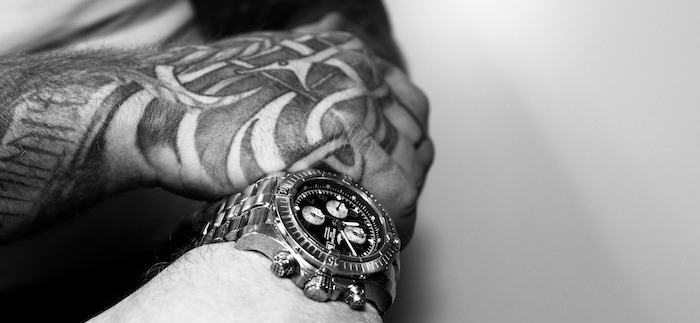
The first step after tattooing a client should be to clean the fresh tattoo and let it rest for a while before taking the photo to stop any bleeding and reduce swelling. Applying a special soothing skin care product will help reduce redness and eliminate excessive shine before a photo is taken.
Once the tattoo has settled down a bit, it can be wiped again and is ready to be photographed. After the photo is taken, the tattoo can be cleaned one more time and then hygienically wrapped (e.g. in tattoo film) for optimal healing.
4. Frame your photos correctly
Of course, you should not put an actual frame around your tattoo photos, it only takes up space. However, the tattoo should still be “framed” by the surrounding body parts. Always make sure that the tattoo is the central motif of the picture.
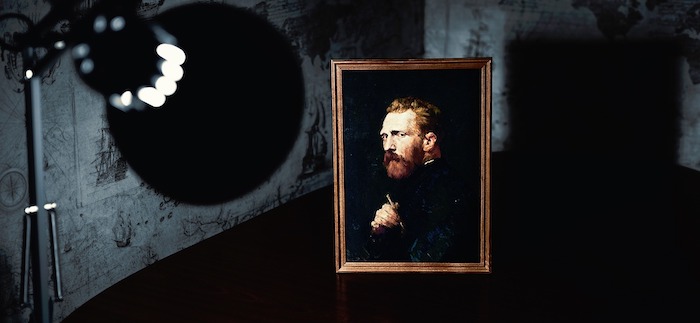
It is interesting for the viewer to see how the tattoo looks on the body. Therefore, you should not crop the photo too much. It is advisable to show where the tattoo is on the body and how it fits in with other existing tattoos if any. Everything around the tattoo should form a frame that the viewer can orient themselves by, naturally making the tattoo look its best.
If you want to show more details or different angles, you can take several pictures of the tattoo to emphasise certain parts of the artwork. A short video is an excellent medium to get an even more comprehensive view of the body’s artwork and see the tattoo in motion.
There are bound to be some clients who have amassed a good collection of tattoos. In this case, the new tattoo should stand out clearly from the others. On the one hand, this should already be visible through the colour intensity, but the motif’s centring helps to put the new work in focus. If you don’t want to publish the other tattoos, you can make them unrecognisable with photo software or your mobile phone by fading or blurring them. Usually, it is enough to centre your tattoo and add a note to the picture that other artists did the other tattoos.
Whenever you have the opportunity to photograph a healed tattoo, you should take it! Hardly anything brings you as much reputation with clients and other tattoo artists as completely healed work that still looks great. Touch-ups are also popular; you can see how even an older tattoo can be given new life and depth with little effort.
5. Edit your photos – but only a little!
It is tempting to get carried away and do too much when editing tattoos. However, the aim should be to get as close as possible to the original. With good lighting at the time of shooting, the result can already be very satisfactory.
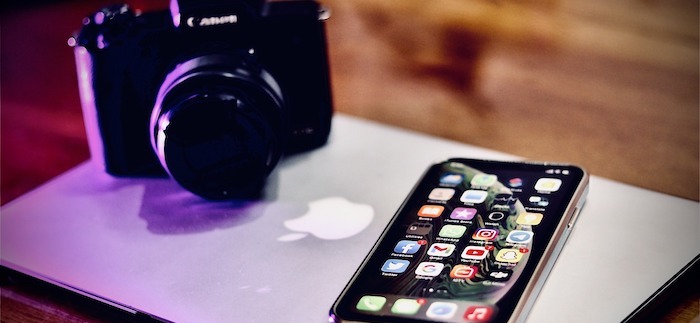
When making corrections, make sure to change as little as possible. With Black & Grey, it is right to reduce the colour saturation so that the redness disappears. The contrast may also be increased a little for this purpose. Perhaps the lines can be sharpened a little – this depends on personal aesthetics and style.
In general, the corrections should be applied to the entire image and used sparingly to make the result appear in the best light but not unrealistic.
Bonus tip: Keep an eye on consistency
Once you have decided on a particular visual style, you should try to stick to it. This will help keep your portfolio organised and consistent. A consistent portfolio has a high recognition value and shows your professionalism from the beginning.
Conclusion
When taking photographs, the original must be as good as possible. The subsequent edits should be minimal and depict the tattoo as realistically as possible but still well.
In our article, we have compiled some tips for excellent tattoo pictures and hope that you will succeed in taking even better photos in the future.
If you want to learn more about the best software for tattooing, we recommend our article “Tattoo Design Software and Apps: The Best Technology for 2022“.













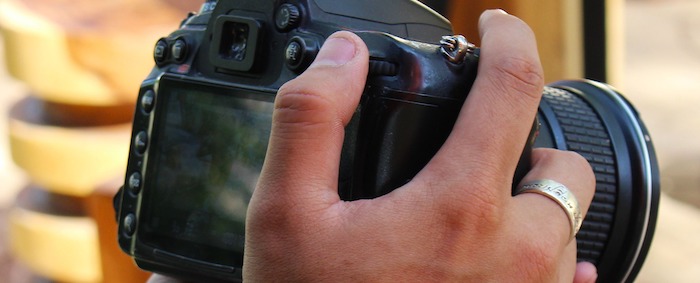
 What Is A Prince Albert Piercing?
What Is A Prince Albert Piercing?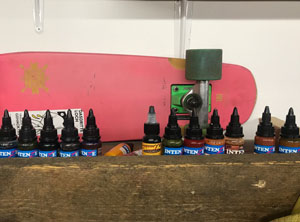 The Best Tattoo Ink 2024
The Best Tattoo Ink 2024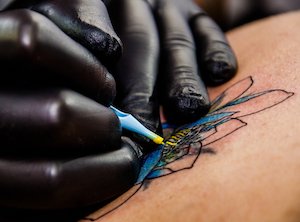 Tattooing Over Stretch Marks, Moles, Scars And Other Skin Conditions
Tattooing Over Stretch Marks, Moles, Scars And Other Skin Conditions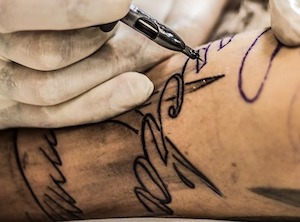 11 Best Fonts For Tattoos 2022
11 Best Fonts For Tattoos 2022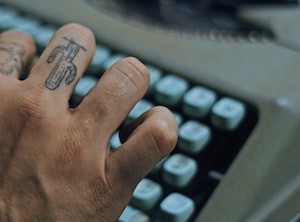 Advice For An Itchy Tattoo
Advice For An Itchy Tattoo
